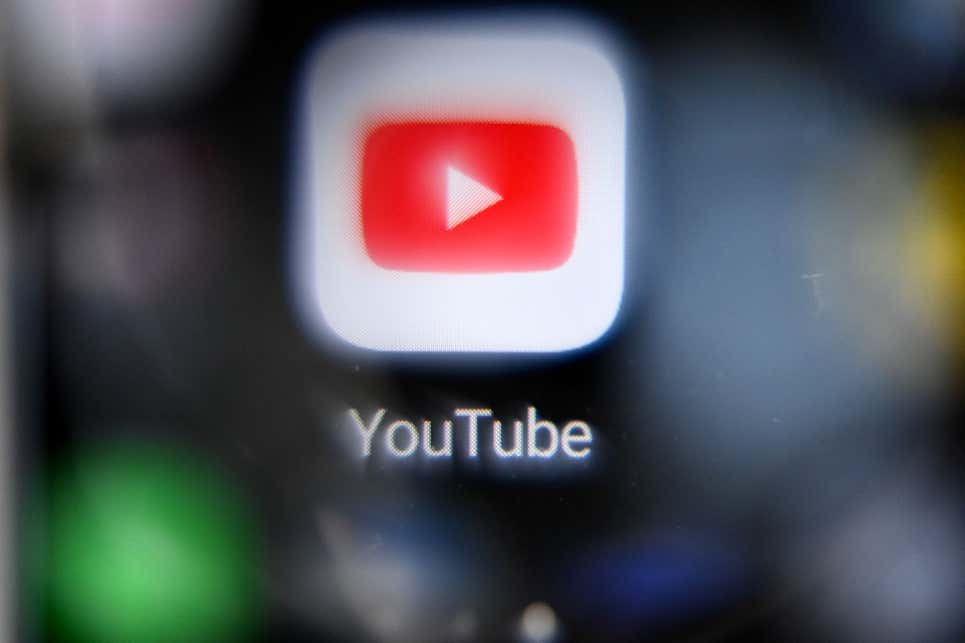The vast network of pro-Russian channels and social accounts have proved a major challenge to companies trying to stamp out war misinformation.
 |
| Photo: KIRILL KUDRYAVTSEV (Getty Images) |
YouTube claimed Sunday that more than 9,000 channels alongside over 70,000 videos were removed from the platform since February in what it’s called a push to curtail Russian disinformation over the ongoing war in Ukraine.
The Guardian first reported that some of these videos referred to the invasion as a “liberation mission.” Though the company no longer allows advertising in Russia, the company’s Chief Product Officer Neal Mohan told reporters that it likely includes “a lot” of pro-Russian narratives about the invasion, posted on behalf of the Kremlin and others connected to the Russian government.
YouTube has previously struggled to keep up with the number of accounts posting raw disinformation. The Washington Post reported back in late March how many accounts are trying to sway public opinion mostly at home, and how often they were getting around YouTube’s censors. Videos that were mentioned by the Post were taken down after the article was published.
Mohan further claimed that YouTube is one of the few places where Russians can go to get true, unfiltered news about the ongoing war in Ukraine that is now into its third month. The account of Alexei Navalny, the currently-jailed political antagonist of Russian President Vladimir Putin, remains in play with media directly targeting Russian viewers. Despite this, YouTube remains up in Russia, though the Kremlin has cut off access to Facebook and Instagram. Last week, Maksut Shadaev, Russia’s minister of digital development, told an educational forum the country was not planning to ban the platform.
The platform remains online in the country despite it having blocked Russian state media channels and ended video monetization for most Russian creators back in March. Many social and tech companies have limited Russia’s official access to the platform, and some in the big tech sphere like Amazon and Apple have stopped selling its products in the country.
It’s a change of pace for big tech companies who have previously kowtowed to Putin’s whims, such as when Apple and Google pulled pro-Navalny apps from their app stores in 2021. YouTube did close accounts of pro-Russian separatists in eastern Ukraine back in early February, before the full-on Russian invasion.
Digital marketing company Global Media Insight has reported that Russia has the fifth biggest pool of users on YouTube, with 99 million individual users as of January this year. YouTube itself is the second largest social platform in terms of total users, with 122 million logging on daily.
Social platforms have been heavily criticized for their role in spreading Russian talking points and propaganda.
Last week, Twitter updated its guidelines to put warning labels on official accounts that were tweeting false information about the conflict. Though the company said it had been working on its emergency and conflict content moderation policy since last year, the system was only put in place after months of official Russian accounts spreading fake news of the conflict.
Some U.S. politicians and other human rights groups have begged platforms like YouTube to preserve some videos that could be used as evidence of Russian war crimes in international court. YouTube and other companies have yet to publicly say whether it will create any sort of backup for videos that break the platform’s restrictions on violent content.
Tags:
News
